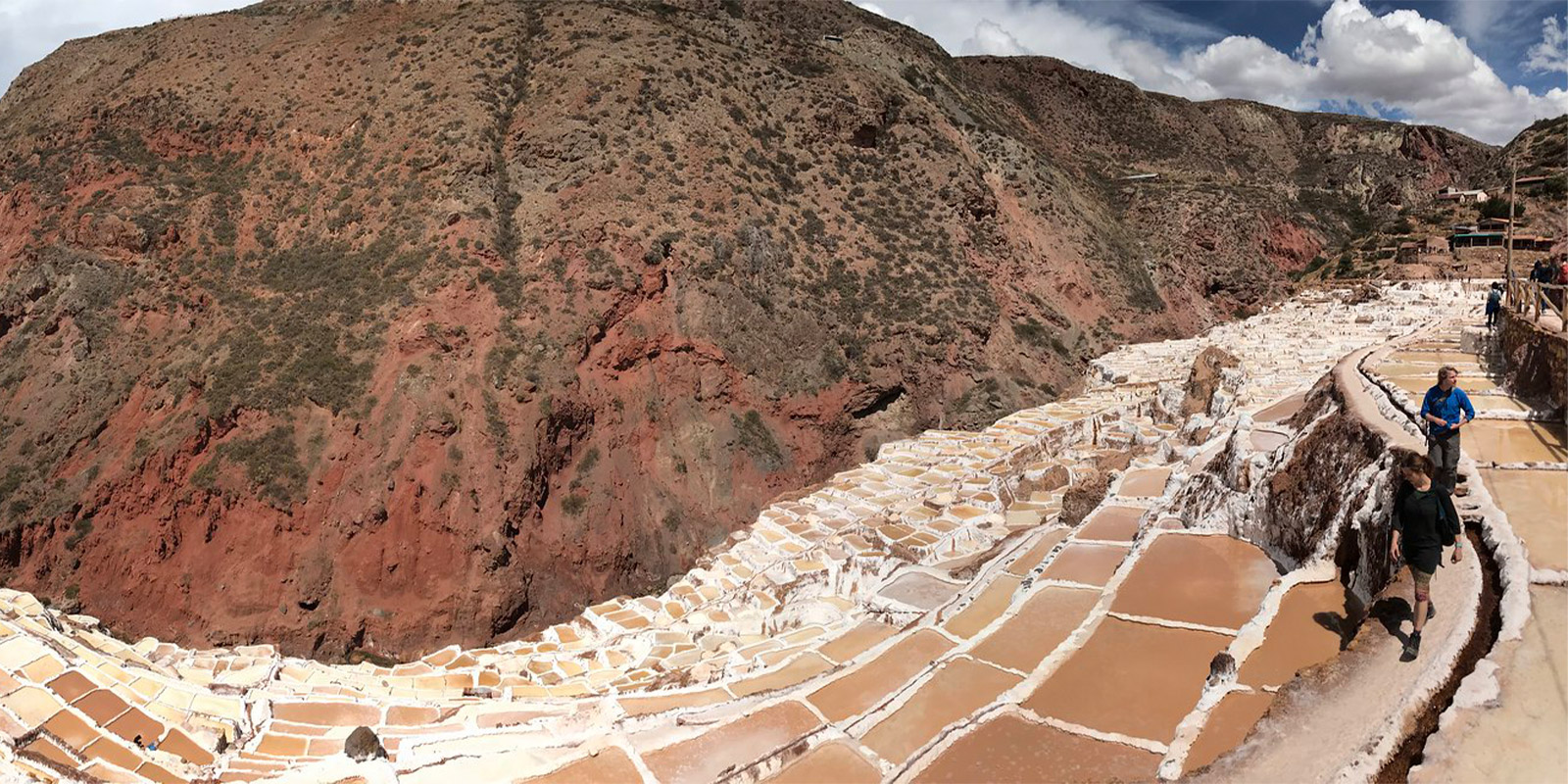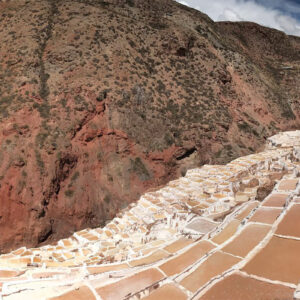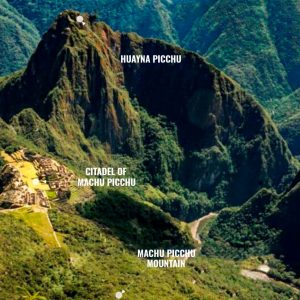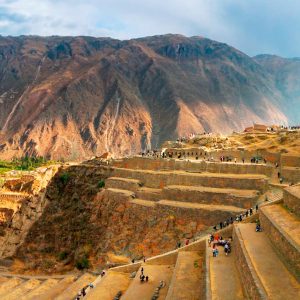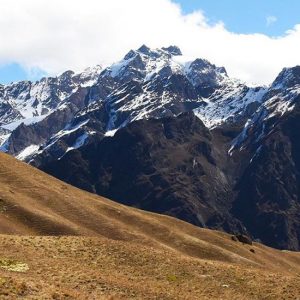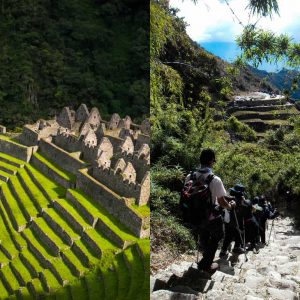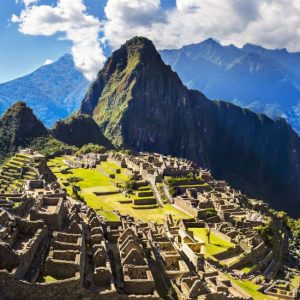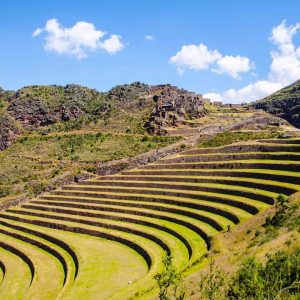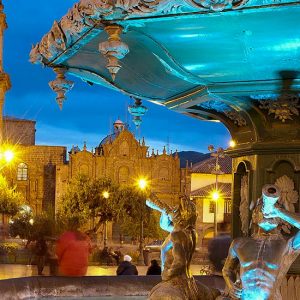Tucked away in the heart of the Sacred Valley of the Incas, the Maras Salt Mines of Peru remain one of the country’s best kept secrets. A mesmerizing patchwork of intricate ponds cascading down the mountainside, these historical mines bear testimony to an ancient practice of salt harvesting, a testament to human ingenuity that has withstood the test of time. This article unravels the allure of the Maras Salt Mines, an under the radar marvel yet to be fully discovered by the world at large.
Through a rich blend of history, science, culture, and awe-inspiring visuals, we embark on a journey to explore the exquisite craftsmanship of an ancient civilization, illuminating a facet of Peru that remains largely overshadowed by the monumental popularity of Machu Picchu. As we delve into the unseen treasure of Peru, prepare to be captivated by the natural beauty and historical significance of the Maras Salt Mines.
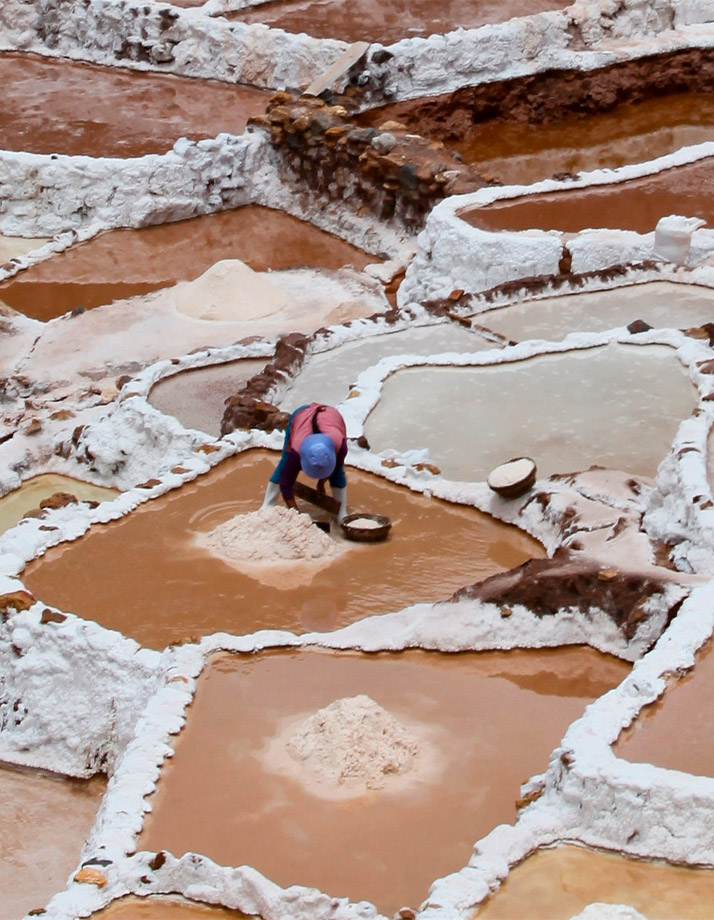
Unveiling the secrets of Maras: An ancient practice in modern times
Nestled in the rugged Andean terrain lies the Maras Salt Mines. This awe inspiring marvel is more than just a spectacle. The mines are a living history of an ancient practice, sustained into the modern era.
Near the historic site of Moray, Maras presents an unexpected contrast. While Moray’s circular terraces suggest agriculture, Maras mines show another aspect of Inca innovation. They’ve been extracting salt for centuries from these evaporation ponds, a method surprisingly still employed today.
Situated in the Sacred Valley, these mines are a human-made wonder. They comprise over 3000 shallow pools, each less than four square meters. The intricate system of channels brings the saline water from an underground spring to these pools.
The salt miners of Maras allow the pools to evaporate naturally under the hot Andean sun. Then, the process leaves behind a crust of raw, pinkish salt, ready for harvest. Therefore, this salt, lauded for its high mineral content, is a significant local product.
However, Maras is more than just an economic asset. It’s a living testament to Inca ingenuity, community cooperation, and a tribute to their understanding of nature. Also, the mines are owned and operated by the local community, continuing the Inca tradition of collective work.
Despite modern advancements, this ancient practice survives. It provides a fascinating window into Peru’s past. Yet, the secrets of Maras extend beyond the visible landscape. The enduring survival of the salt mines is a tribute to the resilience and wisdom of the Peruvian people.
In an era where modernity often eclipses tradition, Maras stands out. It carries the heartbeat of a bygone era into the present, marking an enduring connection between past and present. Thus, the Maras Salt Mines truly are a hidden gem of Peru.
Harvesting white gold: The art and science of salt mining in Maras
The Maras Salt Mines, a cultural legacy left by the Inca civilization, provides an insight into the intricate art and science of salt mining. Each tiny salt pool in this sprawling landscape tells a story of human adaptability and creativity. This process, a sublime blend of art and science, has withstood the test of time.
The art of salt mining at Maras is deeply rooted in community traditions. Every family in the Maras community owns a few salt pools. The pools are inherited, forming part of the families’ livelihood for generations. The art of harvesting this ‘white gold’ is passed down, echoing the communal spirit of the Incas.
The science behind the process is as fascinating as the art. An underground spring, rich in salt, feeds the man-made pools. This spring water is diverted into the individual ponds, creating a spectacle of patchwork terraces on the hillside.
Once filled, the water in the pool is left to evaporate under the potent Andean sun. The remaining salt crystallizes, forms a crust on the surface of the pond. This natural process of evaporation and crystallization is at the heart of Maras’ salt mining.
Harvesting involves a careful scraping of the salt crust from the pond’s surface. This requires a delicate touch to prevent damaging the pool’s base, showing the artful skill involved. After harvesting, the salt is sun-dried, packaged, and sold, often by the same hands that mined it.
The harvesting of ‘white gold’ in Maras, therefore, is more than a means of livelihood. It’s a dance between humans and nature, one that intertwines art and science in an elegant symphony. It mirrors the genius of the Incas, in a practice as precious and invaluable as the salt it produces.

The cultural significance of Maras Salt Mines: A link to Peru’s Inca heritage
Beyond its fascinating mechanics, the Maras Salt Mines hold immense cultural significance. They’re a living link to the rich Inca heritage that shaped Peru’s cultural landscape. The mines not only represent a historical salt production site but also echo the ethos of the Inca civilization.
The Incas were revered for their advanced knowledge of agriculture, architecture, and natural resources. The Maras Salt Mines exemplify this expertise. Constructed on a steep mountainside, the mines embody Inca ingenuity, reflecting their deep understanding of nature’s potential.
Ownership of the pools also mirrors the Inca societal structure. The concept of ‘ayni,’ meaning cooperation and reciprocity, was integral to the Inca community. Today, this communal spirit lives on in Maras. Each family in the Maras community participates in salt production, continuing the Inca tradition of collective work.
The mines are also a significant cultural attraction. They offer a glimpse into Peru’s past, contributing to the rich tapestry of its cultural tourism. Visitors witness an ancient practice continuing in the modern era, providing a deeply immersive experience.
The salt from Maras, known for its unique pink hue and high mineral content, is a source of local pride. The ‘white gold’ of Maras has found its place in Peruvian cuisine and holistic wellness practices. It’s a tangible link to their Inca roots, infusing everyday life with historical heritage.
Finally, for those enamored by the Maras Salt Mines and the Inca legacy, there is more to explore. Consider embarking on the Short Inca Trail to Machu Picchu package or taking on the Lares Trek. Both routes offer captivating insights into the Inca civilization, an unforgettable journey into Peru’s majestic past.

